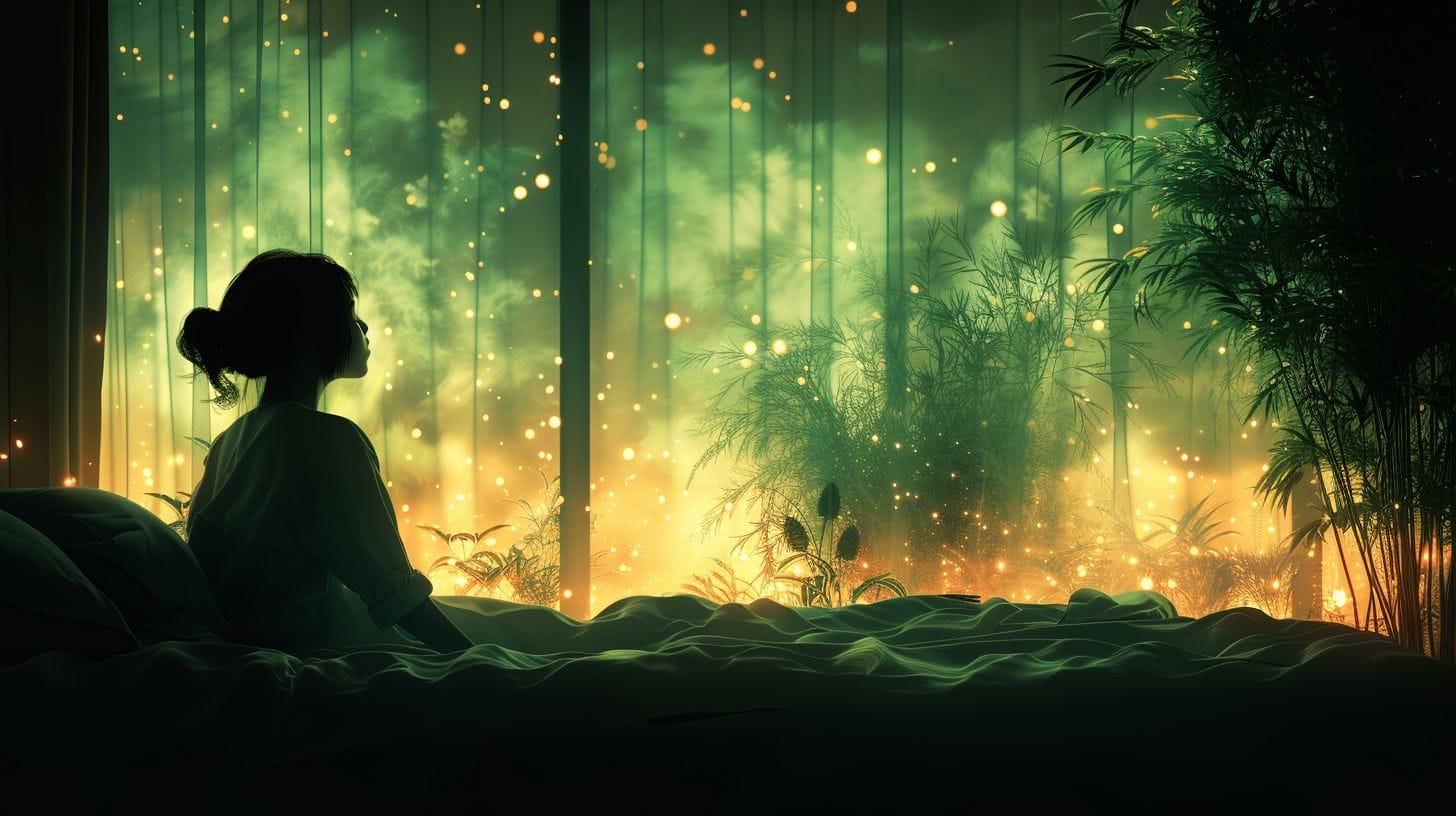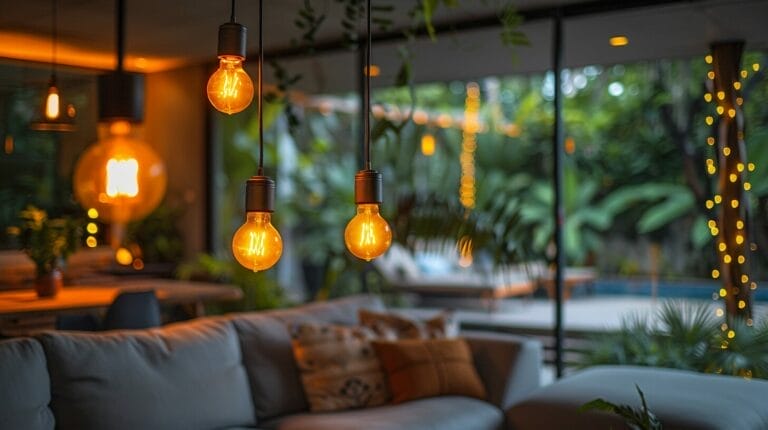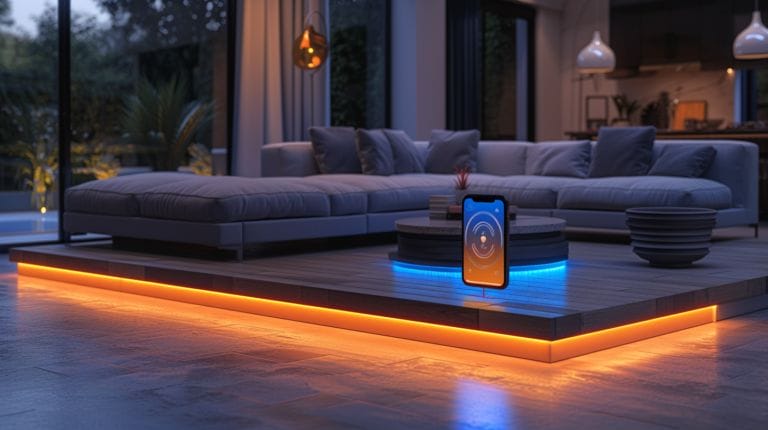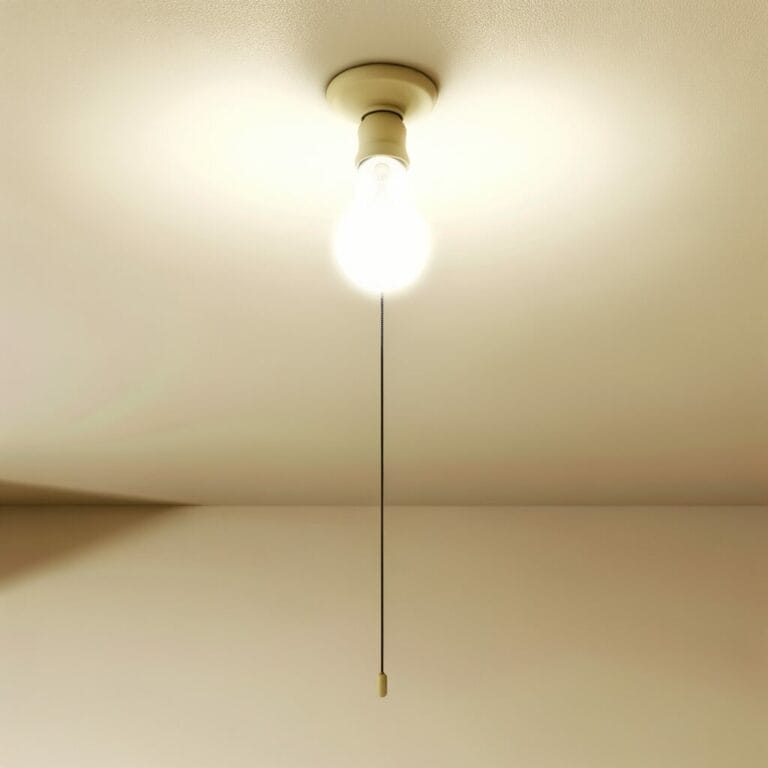Does Green LED Lights Help Headaches: Migraine Management
In an era where leech therapy is thankfully behind us, we’ve turned our attention to more contemporary methods of managing migraines, such as the intriguing use of green LED lights. We’ve all experienced the debilitating effects of a severe headache at one point or another and the quest for relief is ongoing.
Traditional remedies often come with unwelcome side effects, pushing us to explore alternatives like green light therapy. But does Green LED Lights help headaches? Let’s embark on a journey together to uncover the truth behind this method, and perhaps find solace in the glow of green light.
Key Takeaways
- Green LED lights offer a non-invasive approach to reducing migraine severity.
- This therapy, involving the emission of green light which is less harsh on the retina, is gaining interest among health professionals as an alternative to traditional medications.
- A small study found that daily exposure to green light can provide significant relief from headaches and migraines, an impactful discovery for those who regularly experience migraines.
- Research supports the efficacy of green light therapy on the cortex, though more comprehensive studies are needed.
Understanding Headaches and Migraines

Headaches and migraines, with their myriad causes and symptoms, significantly impact many people’s lives. For example, a recent study found that green light offered notable relief to people with migraines. We’re constantly on the lookout for innovative solutions that can offer relief and improve the quality of life for those affected.
In a small study, green light therapy for migraine was seen as a beacon of hope for many. In this therapy, green light is emitted that reportedly manages migraine symptoms effectively in about seventy percent of participants.
Migraine attacks are more than just headaches; they’re a complex neurological condition characterized by intense, often debilitating, pain frequently accompanied by symptoms like nausea, vomiting, and extreme sensitivity to light and sound. This light sensitivity, or photophobia, isn’t just discomfort from brightness; it’s a profound exacerbation of pain triggered by specific wavelengths of light. Here’s where the potential benefits of green light come into play.
Research suggests that exposure to a narrow band of green light can reduce the severity of migraine attacks. Unlike other wavelengths, green light appears to have a calming effect on the brain. It’s thought that during a migraine attack, green light generates smaller electrical signals in the brain compared to other colors, potentially reducing the sensation of pain.
For those of us exploring innovative ways to manage migraine symptoms, the allure of green light therapy lies in its simplicity and the absence of pharmaceutical side effects.
Traditional Treatments vs. Natural Remedies for Headache Relief

In our search for relief, we often find ourselves torn between traditional medical treatments and the allure of natural remedies such as buying green light therapy devices for managing headaches and migraines. The journey to find the most effective way to alleviate chronic pain and photophobia is a complex one, recognizing that bright lights are less likely to exacerbate the condition while green light offers unique benefits and drawbacks.
Traditional migraine treatments, such as prescription medications, have been the cornerstone of headache management for years. Though these methods are reliable and supported by thorough research, they do have side effects, which may range from mild to severe when depriving a person or even a rat of green light therapy.
On the flip side, utilizing different types of light like green light as part of natural remedies has captured our attention, promising a gentler approach to pain management. From essential oils to acupuncture to trying green light therapy, these methods offer a more holistic approach, focusing on the root causes of pain rather than just masking symptoms.
Green Light Therapy: What the Research Says
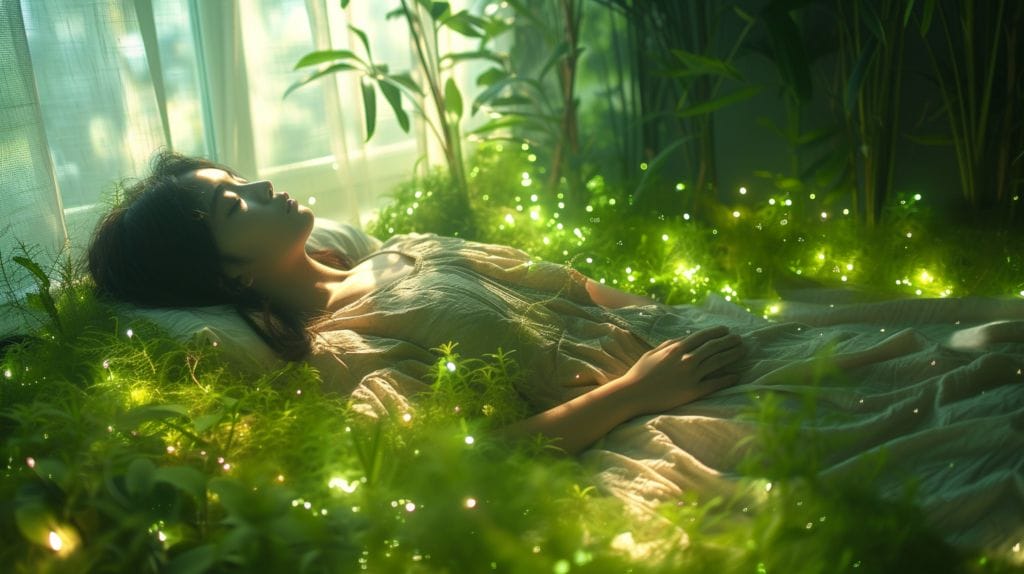
The crux of green light therapy lies in its ability to influence the body’s electrical signals, which play a pivotal role in pain perception. By modulating these signals, green light therapy offers a non-invasive method for pain management that diverges from traditional pharmaceutical treatments.
Key studies have illuminated the mechanisms through which green light may affect pain, suggesting that its soothing hues can have a calming effect on the brain, potentially reducing the frequency and severity of migraine attacks. This revelation about the role of retina in processing different types of light has sparked interest in further exploring green light therapy as a viable option for those plagued by migraines.
However, it’s crucial to acknowledge the research limitations that currently exist. While the foundation is set, the body of evidence supporting green light therapy for migraine relief is still growing. Critics point out the need for larger, more comprehensive studies to validate these early findings and to fully understand the therapy’s efficacy and mechanisms of action.
Practical Guide to Using Green LED Lights for Headache Relief
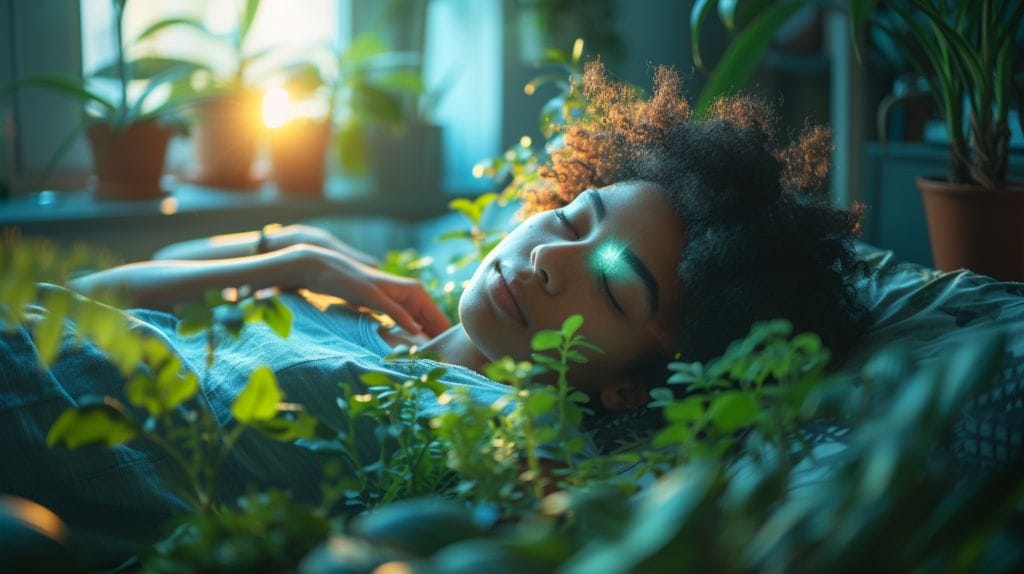
To effectively harness the power of green LED lights for headache relief, let’s dive into a guide that outlines how you may be able to use this therapy at home. By tapping into green light therapy, we’re not just following a wellness trend; we’re embracing a scientifically-backed approach to reducing migraine pain and the frequency of headache days.
Initially, it’s critical to establish a conducive environment for green light therapy, maybe, a place where people can try green light exposure. Find a calm, cozy place where you can use an LED green light and relax undisturbed. This preparation step is crucial for maximizing the benefits of your green light exposure. Here are a few tips to get started:
- Select the right green LED light source: Ensure the light used in the therapy is of a specific wavelength recommended for headache relief, typically around 515 nm to 520 nm. This wavelength, according to a study, found that green light may reduce migraine symptoms.
- Consistent daily exposureTo help you find relief, aim for at least 1 to 2 hours of green light exposure daily. A study found that green light, when projected onto the back of your eye, may have significant therapeutic effects. Consistency is key to observing significant reductions in migraine pain and headache frequency.
- Balance exposure: Begin with shorter sessions, gradually increasing the duration as your tolerance improves. BUY GREEN light devices. This will help manage any potential side effects, like being deprived of green light, that may arise after you’re exposed to green light therapy.
When it comes to the best practices, integrating green light therapy into your daily routine can enhance its effectiveness. It’s also advised that a headache diary be kept, observing any changes in your conditions, to monitor the influence of the therapy over time, especially if you’re exposed to green light.
While green light therapy offers a promising avenue for headache relief, it’s paramount to be aware of precautions. Some individuals may experience slight eye strain or discomfort initially. If any adverse effects persist, it’s wise to consult a healthcare professional.
Personal Stories and Experiences with Green Light Therapy
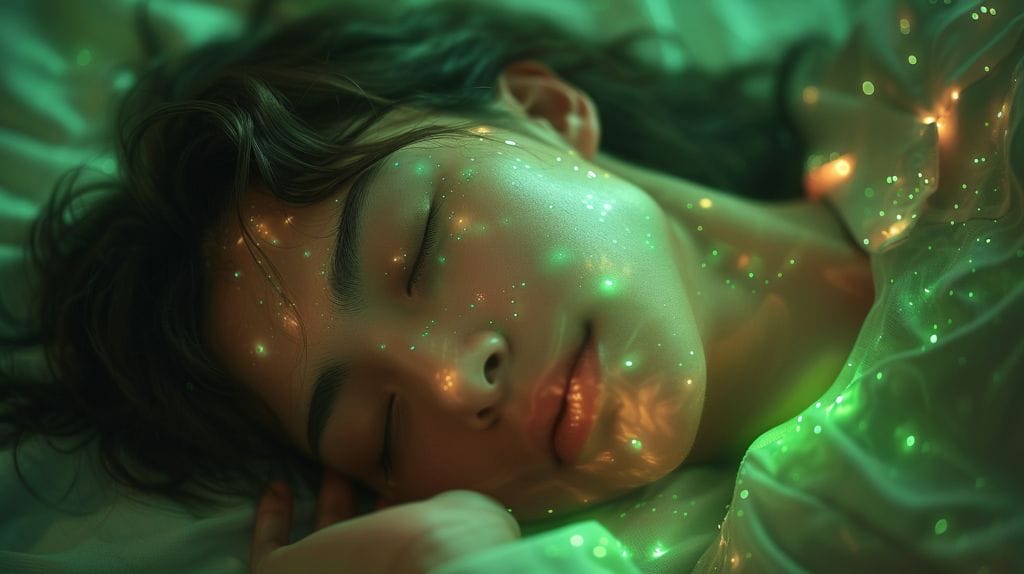
We’ve gathered insightful stories from individuals who’ve found relief from migraines through green light therapy. And about 80 percent highlighted its potential beyond clinical studies. Many people reported that, after trying countless remedies with little to no success, they stumbled upon green light therapy and were exposed to green light and its benefits.
Skeptical at first, they quickly became advocates after experiencing significant migraine relief. These personal experiences underscore the innovative approach to headache management that green light therapy represents.
Feedback from health professionals has been equally encouraging. They’ve observed firsthand the positive impact green light therapy can have on their patients’ lives. It’s not just about the reduction in pain; it’s the restoration of normalcy, the ability to enjoy life without the constant fear of a migraine attack. Health professionals are increasingly incorporating green light therapy into their treatment plans, excited by its non-invasive nature and the lack of side effects commonly associated with traditional migraine medications.
Conclusion
We’ve explored the potential of green LED lights in managing headaches and migraines, comparing traditional treatments with this natural remedy. Research supports its benefits, offering a beacon of hope for sufferers.
Through our guide, we’ve demonstrated how to incorporate green light therapy, including using an LED green light, into our lifestyles, complemented by individual experiences that emphasize its efficiency.
Ultimately, we’re encouraged by the possibility of a more natural, accessible way to alleviate headaches, making green light therapy a promising addition to our wellness toolkit.
Frequently Asked Questions
Can green LED lights help with migraine headaches?
Research suggests that using green light therapy may help in managing migraine symptoms. Some studies have shown that exposure to green light may affect pain perception, help reduce pain, and provide relief for some migraine patients.
What is the effectiveness of using green light for migraine management?
Some people with migraines have reported benefits from using green light therapy for relief, suggesting that it may work for migraines. However, the effects of green light on migraine are still being studied, and it may not work for everyone. In particular, research is ongoing as to whether green light might help manage certain migraine symptoms.
How does green light therapy differ from other types of light therapy for migraines?
Green light therapy is a specific type of light therapy that involves exposure to green light, the last exposure of which often leads to potential pain relief in migraine patients. It is different from blue light therapy or other forms of light therapy used for various purposes.
Are there specific devices or products available for using green LED light therapy for migraines?
There are LED green light strips, green light bulbs, green lamps, and green glasses designed for green light therapy. These products aim to provide a convenient way for individuals to use green light for potential migraine management.
Is there scientific evidence supporting the use of green light therapy for migraines?
Some studies have found that green light may have pain-relieving effects and could benefit migraine patients. However, further research is needed to fully understand how green light affects the mechanisms and effectiveness of green light therapy for migraines.

